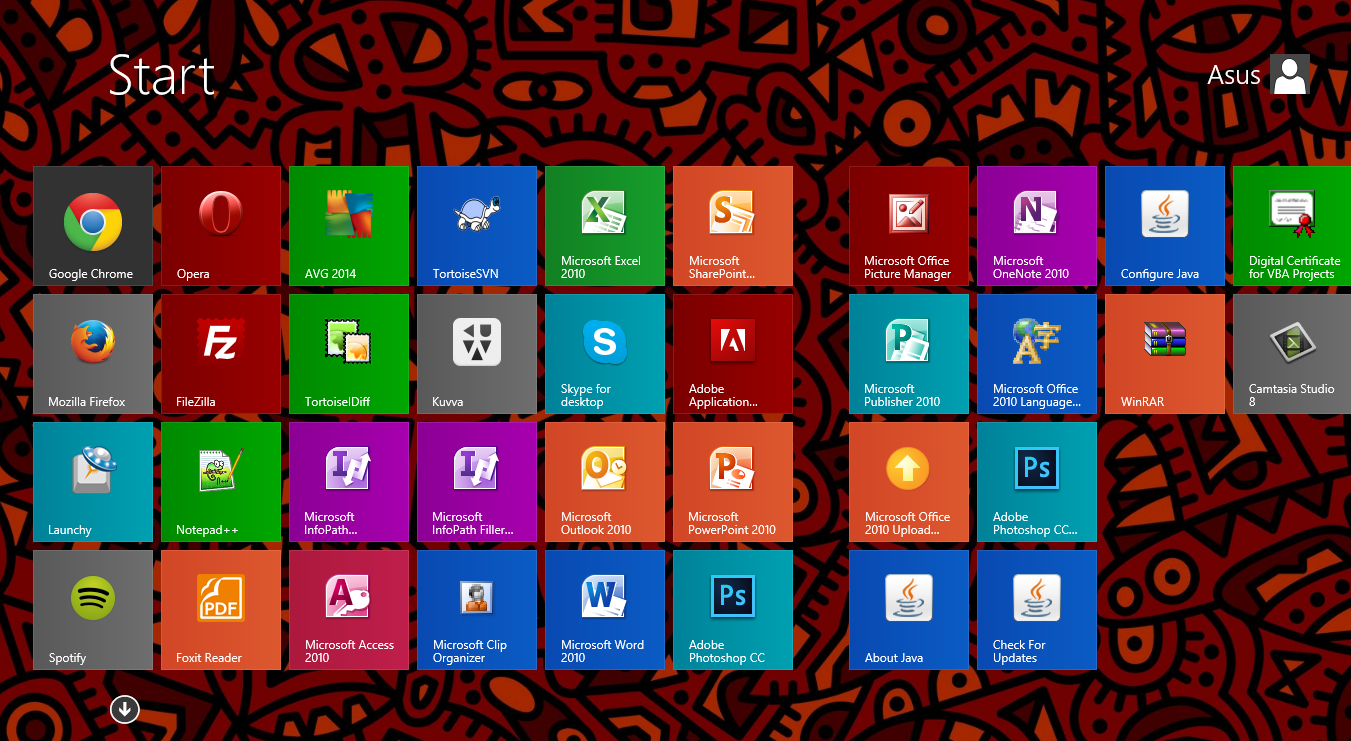How’d you get that job?
That’s a question I’ve wanted to ask hundreds of people over the last twenty years. I would’ve loved to have heard their stories to help me make better decisions when managing my own career. In the last several years, for the first time, many people have asked me that question. And, I’ve been answering it every time, often in person, even when it comes from someone I don’t know, because me five years ago would have done anything to meet me today. But, that approach isn’t scaling well. So, to help the many people who are figuring it out like I was, here’s the short version.
But before I tell this story, I have to thank the people who came before me and built this country in which we prosper. One of them is my grandfather, who survived the Holocaust while saving lives, found his way to America, and then literally built parts of this country working construction to support his family. Because of that, I received a great education and could try out a few careers until I found a job that was challenging, fulfilling, and meaningful. I can’t overstate how grateful I am for the opportunities and happiness that I have. I don’t take a day for granted. And, I try to work hard, keep perspective, and give more than I get.
And now back to the story…
After working at some of the biggest companies in finance, consulting, and advertising, I went to law school and then followed the parade to a big law firm. I planned to work there for a couple of years, repay as much as possible of my $150,000+ in loans, then move on. My experience was better than I expected, so I stayed for longer than I thought I would. During my fifth year there, I decided it was time to transition into something that was more interesting and meaningful, something in a growing business, where I could learn more about the internet and technology, and feel like I’m building something and moving the world forward.
Most of my professional experience was in the law, including employment law, so I first tried applying for mid to senior level jobs in law and human resources at startups in NYC. I didn’t really want to be in either of those departments, but I also didn’t want to start over. I figured I’d start there. I’d prove myself. Then, I’d transition.
I wrote typical, forgettable cover letters. I attached my resume with good schools, grades, and jobs. An application that I was so sure would make me special. The kind of application I’ve now seen a thousand times.
Dear Company, here is a narrative restatement of my resume. Attached please find my awesome resume in resume format. Please hire me. Sincerely, Jared Cohen
I got the response I deserved: almost none.
While I felt like I was getting nowhere, I was actually making progress in a sense. The process of researching and applying had convinced me that I’d be happy and fit in well at a startup. So, I decided I was going to do whatever it took to get a job. I experimented with cover letters and resumes, making them more creative and less typical. And, I applied to almost every entry level job at any startup on either coast. If they had no jobs listed, I applied anyway. I figured I’d prove myself and work my way up.
Eventually, I got one.
I took an almost 90% pay cut, packed two suitcases, and moved from New York to San Francisco. As I sat in the back seat of the taxi to the airport that morning watching the sun rise, it became very real. I felt like I was watching someone else’s stupid decisions.
The first month or so at the job I was reading documents and typing data into Google spreadsheets. But I quickly moved up in the company. I built and managed a data team of twenty people and joined the executive team.
I also decided I was going to try coding. I told the engineers, who I had become friends with, that I wanted to learn and had always liked working with spreadsheets. After they stopped laughing, they directed me to Ruby and some resources.
I dove in and quickly fell in love with it. I dedicated nearly every spare second to teaching myself about computer science and web development. The engineers coached me, and celebrated when I wrote out Fizz Buzz on the white board without any trouble. I started grabbing engineering tickets out of the assigning system and doing them. I ended up spending half of my time at work on product and engineering.
A year later, it was time to move on. I had learned so much. My resume had been transformed. I applied for product and engineering roles in NYC. I even got a couple without too much trouble. I was about to accept one when a friend told me Kickstarter was looking for a Director of Operations. I applied, interviewed, and got the job.
My first couple of assignments were to figure out payments so we could expand internationally, and figure out what to do about our shrinking office space. While no one told me to, I also took out the garbage when it was full, killed mice when I could catch them, replaced the doorknob when it was broken, and plunged the toilet when it was clogged. As people began to see me less as the scary corporate weirdo, and more as someone who was sincere and helpful, I started doing so much more in so many areas. It was amazing.
In the last three years, Kickstarter built a payments system, went international, bought a beat-up old pencil factory, built a building, and has become a smooth running, growing, profitable company.
And, I’ve found a career that’s challenging, fulfilling, and meaningful. My transition is complete.
If you have any feedback or questions about this post, please comment or Tweet at me.
Coming soon: the lessons I learned during this transition and how to do it more quickly and less painfully.
disclaim.in




 For Zynga, this has never been the case. The focus on growth and lack of true product innovation (the company has largely been one that has created knock-offs of other games) has resulted in a company that appears to lack real direction and whose relevance has largely faded over the past year.
For Zynga, this has never been the case. The focus on growth and lack of true product innovation (the company has largely been one that has created knock-offs of other games) has resulted in a company that appears to lack real direction and whose relevance has largely faded over the past year. The problem right now is that many companies seem to be operating under the total misconception that growth fixes all. That leads them to bring on self-proclaimed “growth hackers” who rapidly acquire more customers through spammy viral techniques, but when those customers don’t engage, or — worse — have bad experiences and tell their friends about it, that growth curve crashes. By that point your growth hacker is on to his or her next gig, and you’re left with what you had to begin with: a product that either hasn’t found its audience yet or hasn’t yet given people a reason to engage with it.
The problem right now is that many companies seem to be operating under the total misconception that growth fixes all. That leads them to bring on self-proclaimed “growth hackers” who rapidly acquire more customers through spammy viral techniques, but when those customers don’t engage, or — worse — have bad experiences and tell their friends about it, that growth curve crashes. By that point your growth hacker is on to his or her next gig, and you’re left with what you had to begin with: a product that either hasn’t found its audience yet or hasn’t yet given people a reason to engage with it. Roy Pessis
Roy Pessis







 Jared Cohen
Jared Cohen




 Conner Fritz
Conner Fritz







 communicable
communicable



 Rachel S. Haot
Rachel S. Haot



 Artur Kurasiński
Artur Kurasiński


 Kasper Risbjerg
Kasper Risbjerg


